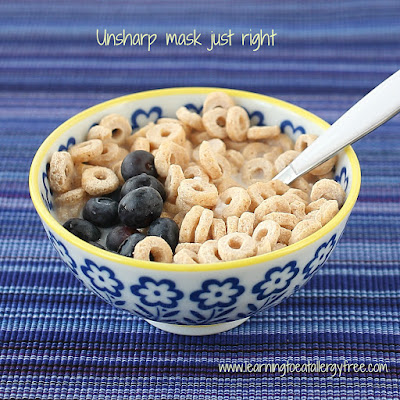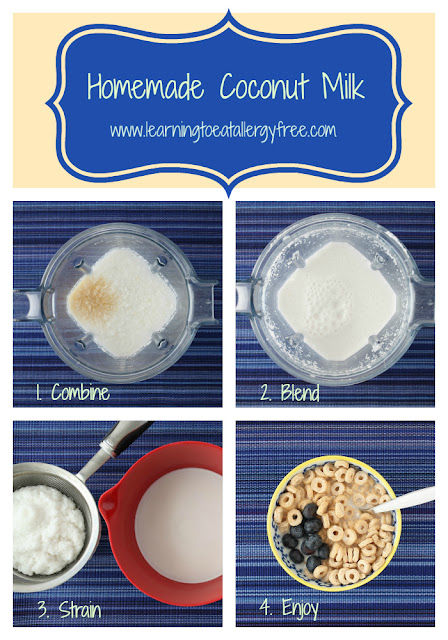Why?
Most gluten-free flour blends (and most individual gluten-free flours) weigh more per cup than wheat flour. Wheat flour weighs about 124 grams per cup (and varies little from brand to brand). Gluten-free flours can weigh as much as 160 grams per cup (nearly 30% more than wheat flour). If you substitute cup for cup you will not be happy with the results.
Then there is the issue of how we measure from person to person and how some of these flours (especially superfine and starchy flours) settle.
Here is an example. I weighed one cup each (using a dry measuring cup) of three different Gluten-free flour blends:
The first flour blend weighed in at 121 grams, the second at 142, and the third at 159. The manufacturer's weights for these flours are 120 grams, 140 grams, and 160 grams, respectively.
If I substituted these by volume I would get different results in each case.
The better way, is to measure flour by weight. The correct volume to use will vary.
Next, I weighed 128 grams of each of these flours and put them in a similar glass so that you could see the difference. I chose 128 grams because that's the weight I use in the recipes I develop.
On the left you can see that there is more flour in the glass (slightly more than 1 cup by volume). In the center we have slightly less than 1 cup by volume. And on the right, with the heaviest of the flours, we would use considerably less than 1 cup by volume.
If the recipe you are using was developed with 1 cup of flour equal to a different weight (many are) then weigh the flour to the correct weight.
The bottom line: Always weigh your gluten-free flours to get the best results.
I use a Primo Digital Kitchen Scale.








